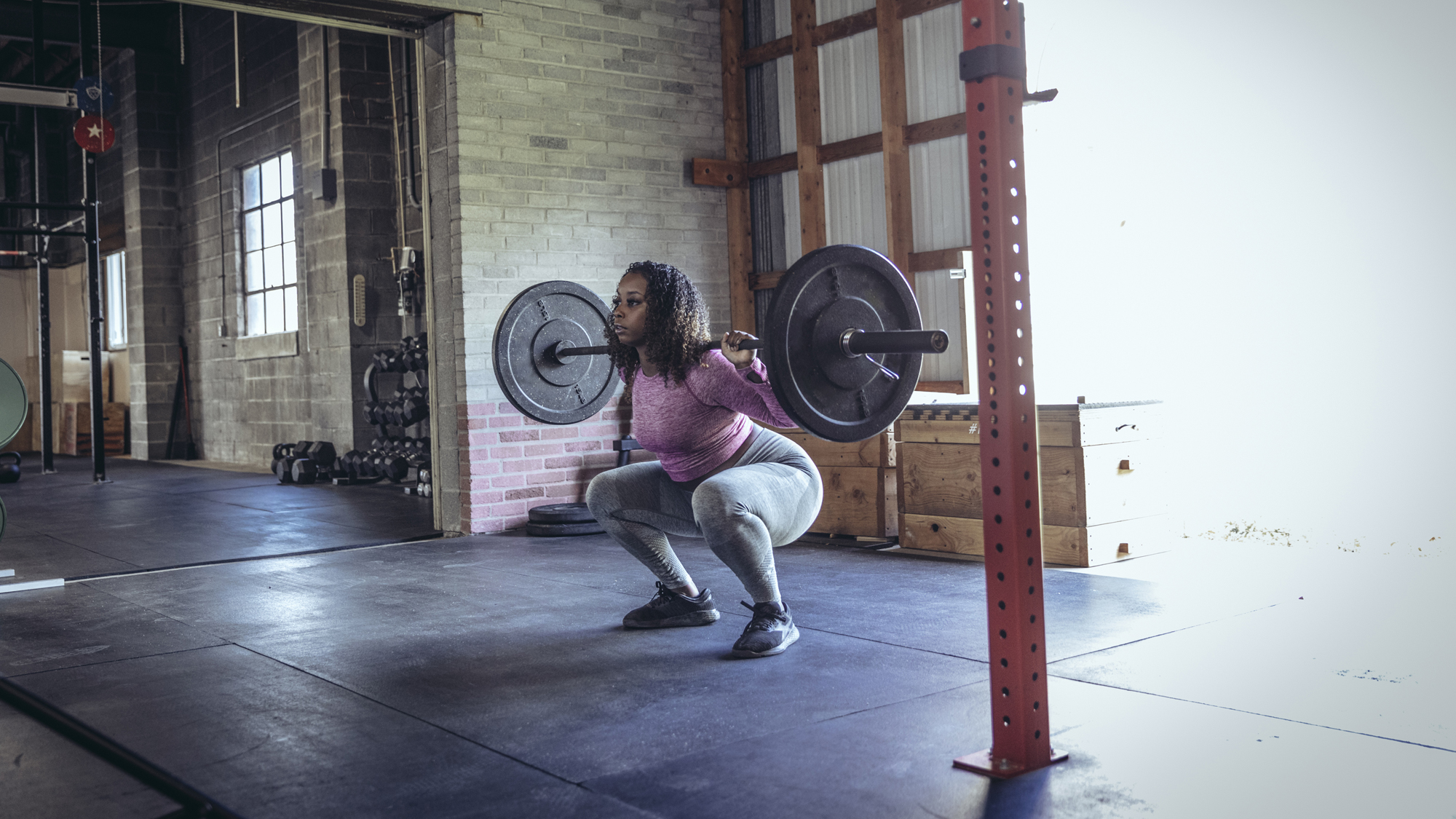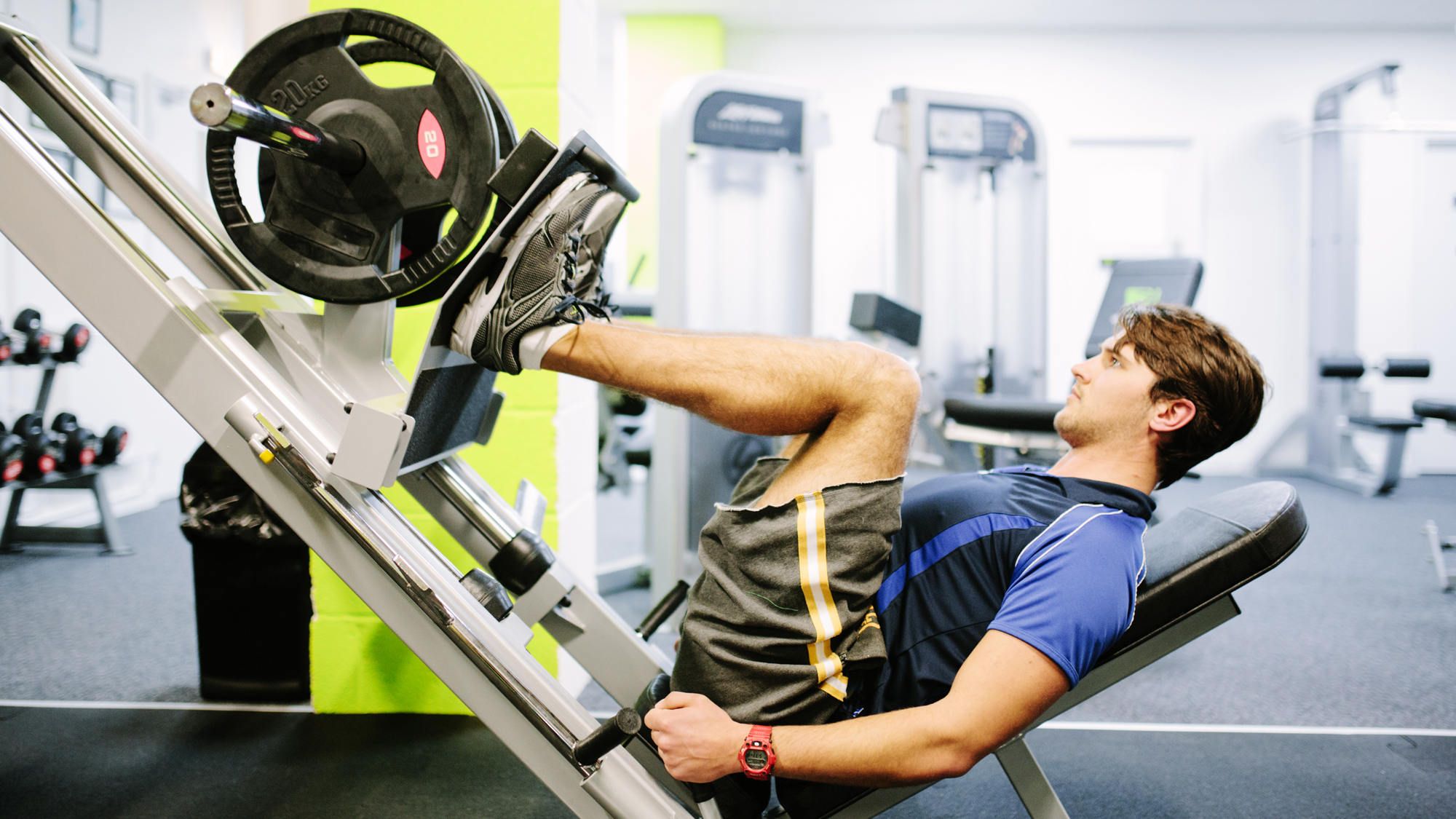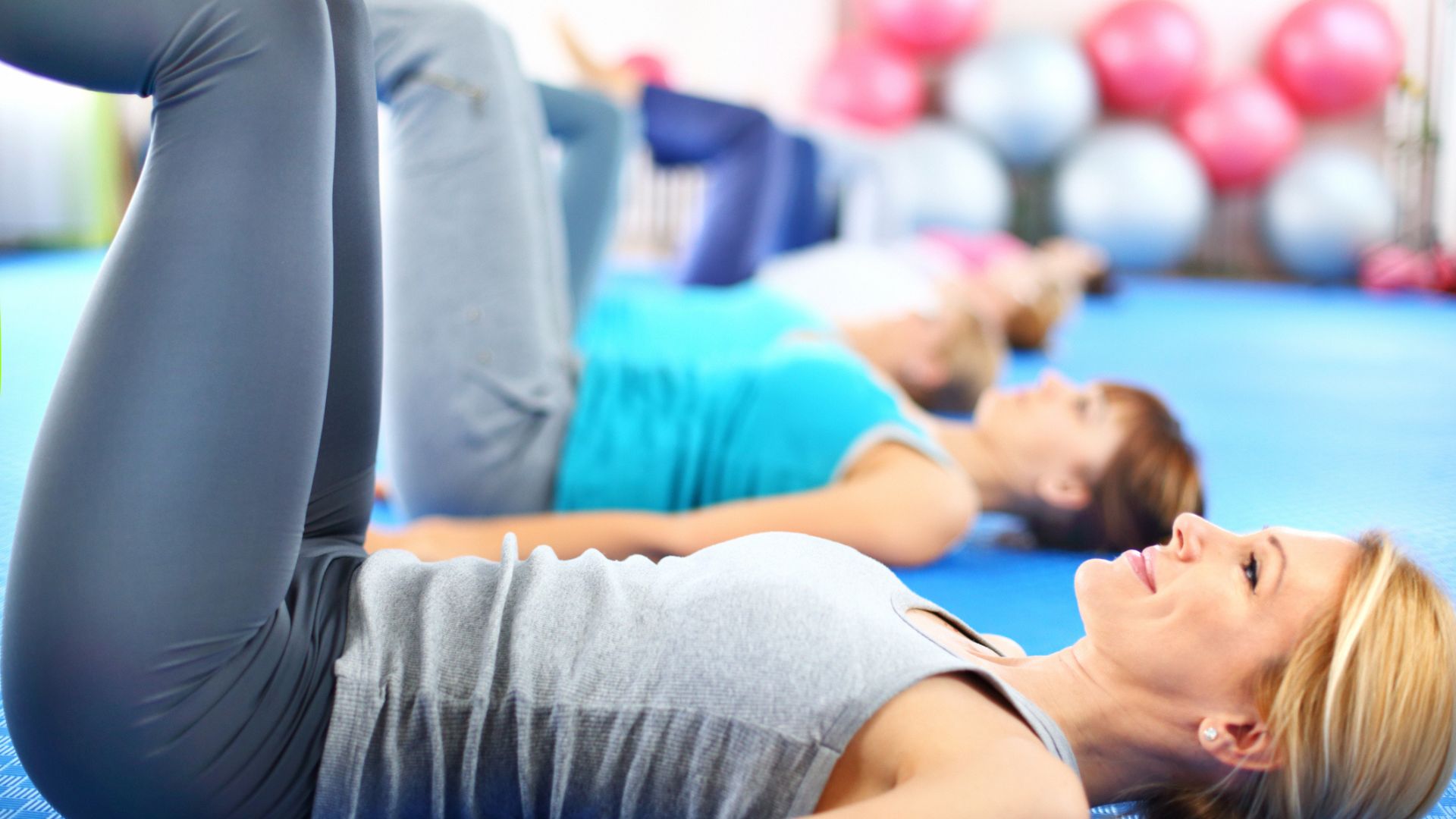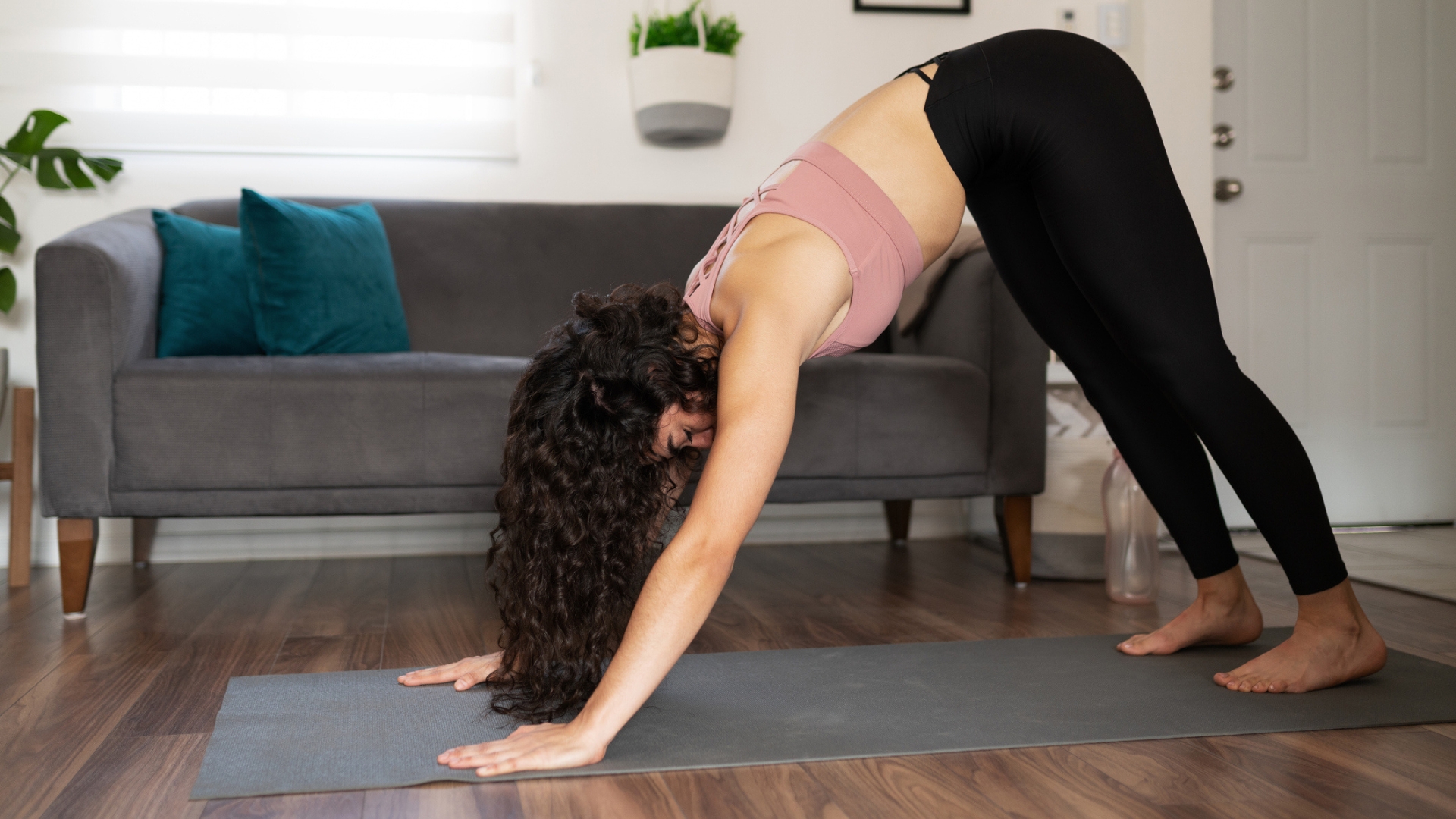Researchers have found the number of sets you need to build stronger legs
If you want to develop leg muscle, it seems less might really be more, according to a new study


Whether training at home or the gym, you want to get the most from your exercise. When it comes to squats, that usually means doing as many reps as possible, but a new study has found that 18 sets might be the most effective way to build leg muscle.
You can develop upper body strength and ab muscle by lifting a set of the best adjustable dumbbells. And while adding those into your training can work your lower body too, squats and leg presses are two staples moves you can use to build leg muscle.
With these exercises, it's hard to know exactly how much you need to do to get results. Fortunately, thanks to a recent study published in the Journal of Strength and Conditioning Research, we now know.
The team wanted to examine the effect on your leg muscles of training twice a week using only squats and leg presses, but with differing amounts of total weekly sets split between the two exercises; 12, 18, or 24 sets a week.
You might expect that the more you train, the stronger you'll get, but that's not quite what the study's authors found. Instead, there was "a strong trend toward the 18-set group being more effective to increase maximum strength than the 24-set group."
They allocated the participants into one of these three groups and asked them all to train at the same intensity across the eight-week trial, with no additional lower body workouts outside of these sessions.

After a set, the exercisers were allowed a two-minute break. This might sound like a lot, but past research has found that longer rests between sets could actually build muscle faster.
Get the Fit&Well Newsletter
Start your week with achievable workout ideas, health tips and wellbeing advice in your inbox.
The results showed a bell curve-shaped response to the volume of training, with the 18-set group achieving the most significant improvement in their squat one-rep max, or 1RM: the heaviest weight you can lift for a single repetition without failure.
The three groups had similar results across all of the other tracked measures, except for muscle endurance. Interestingly, the 18-set group's repetitions to failure (RTF) at 70% of their 1RM remained almost unchanged from their pre-study baseline levels.
Still, the authors note that the main takeaway is that "more sets per muscle group per week might not translate in enhanced muscle growth for highly trained individuals."
If you're not a fan of squats, but you're after a compound move that'll work multiple muscles and build lower body strength, it's worth exploring how to deadlift with dumbbells.
By focusing on your form, you'll get the most from your training, and dumbbells make an ideal companion for at-home workouts. If you prefer using the best kettlebells, you can get similar effects by switching to these off-center weights instead.

James is a London-based journalist and Fitness Editor at Fit&Well. He has over five years experience in fitness tech, including time spent as the Buyer’s Guide Editor and Staff Writer at technology publication MakeUseOf. In 2014 he was diagnosed with a chronic health condition, which spurred his interest in health, fitness, and lifestyle management.
In the years since, he has become a devoted meditator, experimented with workout styles and exercises, and used various gadgets to monitor his health. In recent times, James has been absorbed by the intersection between mental health, fitness, sustainability, and environmentalism. When not concerning himself with health and technology, James can be found excitedly checking out each week’s New Music Friday releases.
-
 A Pilates instructor says this is the beginner-friendly core exercise everyone should try
A Pilates instructor says this is the beginner-friendly core exercise everyone should tryForget crunches, this is the perfect foundation move
By Alice Porter Published
-
 Prevent poor posture and release tension from sitting down with these four simple stretches from a yoga instructor
Prevent poor posture and release tension from sitting down with these four simple stretches from a yoga instructorThe daily poses he swears by, no matter what
By Alice Porter Published